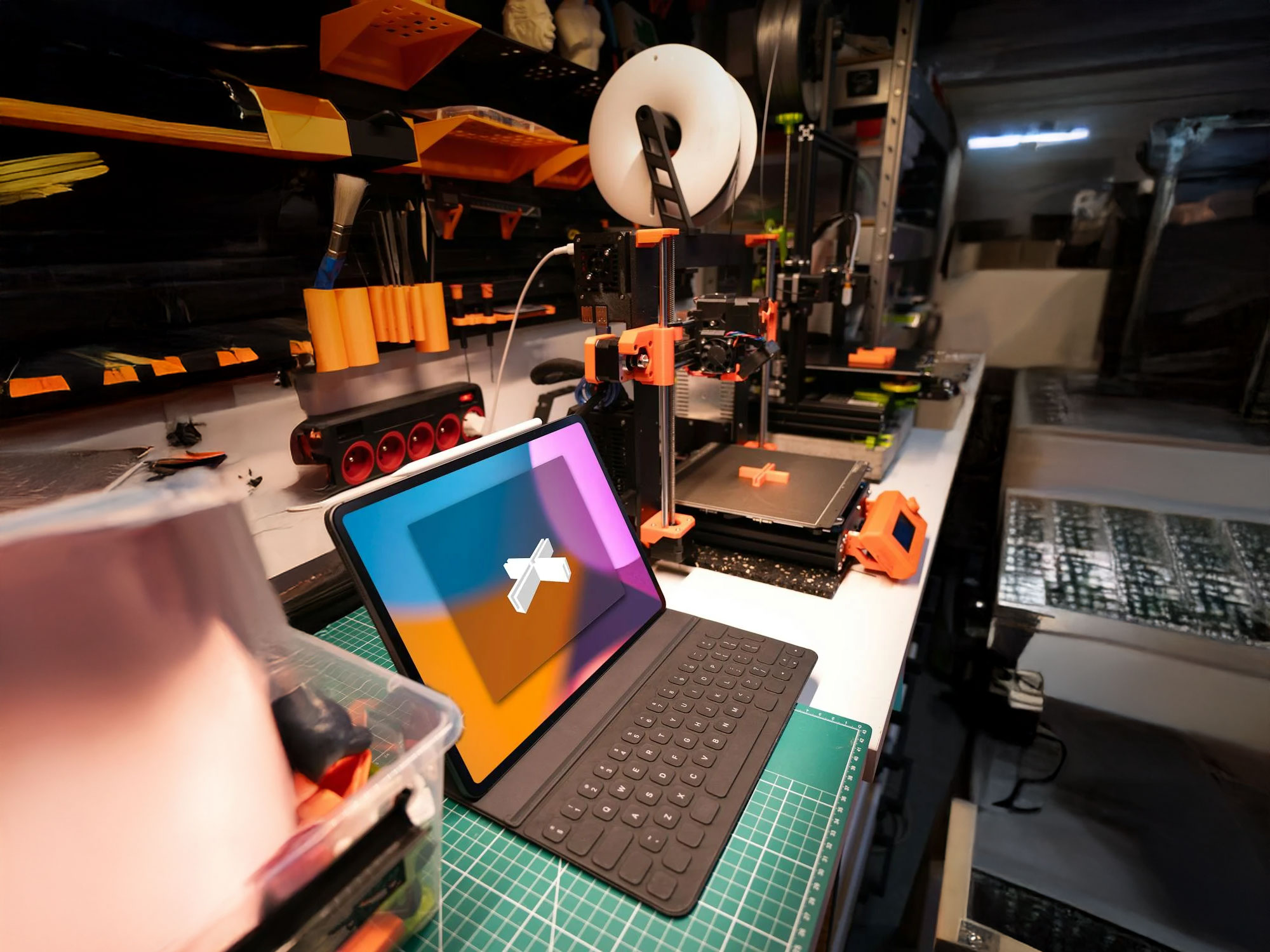
2024 Climate Change and Climate Action Wrapped: Key Lessons for the Packaging Industry
2024 Climate Change and Climate Action Wrapped: Key Lessons for the Packaging Industry
As 2024 draws to a close, climate change remains a defining global challenge. From intensifying weather patterns to groundbreaking sustainability commitments, this year underscored the urgency of action. For the packaging industry, which intersects with supply chains, consumer behavior, and environmental impacts, 2024 was a transformative year. Here's a detailed look at the key takeaways and their implications.
________________________________________
The Year in Climate Highlights
1. Record-Breaking Temperatures
2024 saw the hottest July in recorded history, underscoring the urgent need for decarbonization across industries. For packaging, this translates into adopting sustainable materials and reducing operational emissions.
2. Global Policy Shifts
COP29, held in Baku, Azerbaijan, introduced new mandates for extended producer responsibility (EPR) and targeted reductions in virgin plastic production by 2030. The summit highlighted the importance of enhanced climate finance goals and progress on carbon market regulations to support global decarbonization efforts.
3. Consumer Sentiment Peaks
According to the 2024 Global Sustainability Study by Simon-Kucher & Partners, 85% of consumers globally cited sustainability as an influential factor in purchasing decisions, with 63% willing to pay a premium for eco-friendly packaging.
________________________________________
Packaging Industry’s Role in Climate Action
1. Innovation in Materials
- Seaweed-Based Packaging
Seaweed-based solutions, such as those pioneered by companies like Notpla, gained significant traction this year. These materials are biodegradable in natural environments and offer alternatives to single-use plastics, especially for food and beverage packaging.
- Recycled Content and Advanced Recycling
Brands like Nestlé and Unilever have increased the use of advanced recycling technologies, enabling the reuse of mixed plastics previously deemed unrecyclable.
- Paper-Based Innovations
PaperTech's barrier-coated paperboard, which resists moisture and grease, has become a top choice for replacing conventional plastic in food service applications.
- Mycelium Packaging
Ecovative Design scaled up its production of mycelium-based packaging, offering compostable alternatives for protective packaging traditionally made from polystyrene.
2. Advancing Circularity
With investments in closed-loop systems, industry leaders are piloting large-scale reusable packaging programs. Coca-Cola, for instance, expanded its returnable bottle initiatives, reducing reliance on single-use containers.
3. Decarbonizing Operations
Packaging manufacturers are embracing renewable energy, with companies like Amcor and Tetra Pak achieving major milestones in energy efficiency and transitioning to net-zero operational emissions.
________________________________________
Challenges That Persist
• Infrastructure Gaps: Many regions still lack the capacity for recycling or composting advanced materials like bioplastics.
• Cost Barriers: While sustainable materials are increasingly available, high production costs remain a challenge for smaller businesses.
• Greenwashing Scrutiny: In 2024, enforcement of truth-in-advertising laws targeted companies overstating their sustainability claims, emphasizing the importance of transparent metrics and independent certifications.
________________________________________
Looking Ahead: A Call to Action
The packaging industry must rise to meet these challenges, transforming them into opportunities for leadership in climate action. As 2025 approaches, here are three key strategies:
1. Invest in Material R&D: Support innovations in biodegradable and circular materials to stay ahead of regulatory and consumer demands.
2. Enhance Consumer Engagement: Simplify messaging around sustainable practices through clear labeling and recycling education.
3. Adopt Full Life Cycle Assessments (LCAs): Track and report emissions and resource use to align with global sustainability goals.
4. Collaborate on Standards: Work with policymakers and industry groups to establish universal recycling guidelines.
By embracing innovation and accountability, the packaging sector can be a force for environmental change. Let’s make 2025 a landmark year for sustainability.
________________________________________






